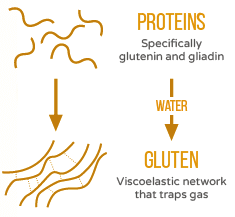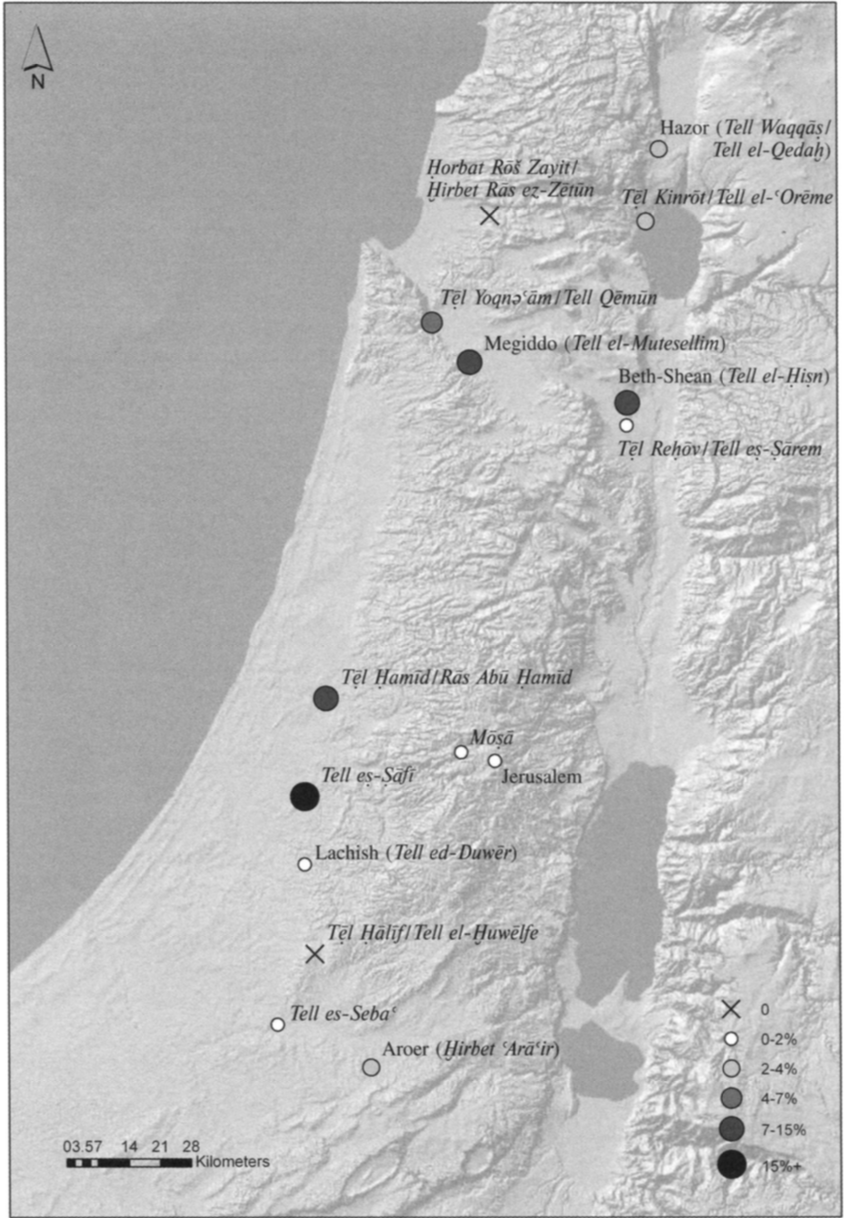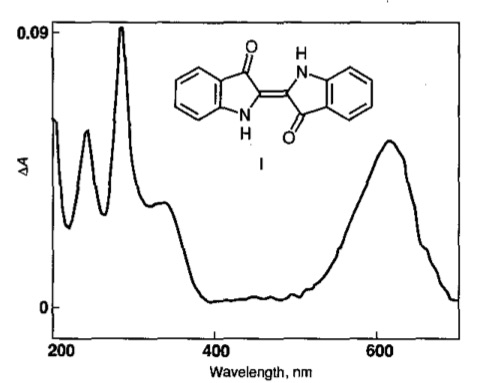We are about six months away from Pesach, so it is time to talk about about unleavened bread, called chametz. And it comes up in today’s daf.
מנחות ע,ב
מנא הני מילי אמר ריש לקיש אתיא לחם לחם ממצה כתיב הכא (במדבר טו, יט) והיה באכלכם מלחם הארץ וכתיב התם (דברים טז, ג) לחם עוני
והתם גופה מנלן אמר ריש לקיש וכן תנא דבי ר' ישמעאל וכן תנא דבי ר' אליעזר בן יעקב אמר קרא (דברים טז, ג) לא תאכל עליו חמץ שבעת ימים תאכל עליו מצות לחם עוני דברים הבאים לידי חימוץ אדם יוצא בהן ידי חובתו בפסח יצאו אלו שאין באין לידי חימוץ אלא לידי סירחון
How do we know that matzah must be made from one of five species of grain [wheat, barley, oats spelt and rye]? Reish Lakish said, and likewise a Sage of the school of Rabbi Yishmael taught, and likewise a Sage of the school of Rabbi Eliezer ben Ya’akov taught, that the verse states: “You shall eat no leavened bread with it; seven days you shall eat with it matzah, the bread of affliction” (Deuteronomy 16:3). This verse indicates that only with regard to substances that will come to a state of leavening does a person fulfill his obligation to eat matzah by eating them on Passover, provided that he prevents them from becoming leavened. This serves to exclude these foods, i.e., rice, millet, and similar grains, which, even if flour is prepared from them and water is added to their flour, do not come to a state of leavening but to a state of decay [sirḥon].
The important question we need to answer here is whether there is something fundamentally different about rice when compared to the five grain species that can become chametz. And is there any scientific support to the claim that rice spoils sooner than it ferments?
The Chemistry of bread making
To get at the answers we need to remind ourselves how plants make and consume starch. They take carbon dioxide from the atmosphere and water from the soil, and using the energy contained in sunlight (and the magic of chlorophyll) convert the two into a large sugar molecule we call starch. Plants use this starch to store and provide them with energy.
If you grind up wheat (or many other species of grain) you make flour which contains loads of starch. In addition to starch, flour contains proteins and enzymes which become important when the flour is mixed with water. Without going down a rabbit-hole of detail, here in general is what happens. First, an enzyme called beta-amylase breaks the large starch molecule down into a smaller molecule called maltose which is made up of two molecules of glucose. Another enzyme, maltase, breaks down each molecule of maltose into two molecules of glucose which is then broken down further to provide the plant with energy. Here is what it looks like:
From Lloyd, James R and Kötting, Oliver (July 2016) Starch Biosynthesis and Degradation in Plants. John Wiley & Sons, Ltd: Chichester.
If you add some yeast into that mix, a chemical reaction called fermentation occurs. Yeast, which is a fungus, consumes glucose and turns it into carbon dioxide and ethanol, which is an alcohol.
As the flour and water and yeast all mix together, two proteins in the flour called gliadin and glutenin (which are glutens) give the dough mixture its characteristic body, which strengthens the more it is mixed. The dough traps the carbon dioxide that is given off by the yeast cells, which causes the bread to rise. And that gives us the leavened bread we call chametz.
Of course when matzah is made, we do not add yeast to the dough. But there are yeast particles in the air and these will inevitably land on the dough where they will act in the same way, consuming glucose and creating carbon dioxide and alcohol. This process is much slower than when yeast is added when bread is made, but the plain dough will rise a little as a result.
The differences between grains and rice
Resh Lakish (together with those sages of the schools of Rabbi Yishmael and Rabbi Eliezer ben Ya’akov) claim that unlike grains, rice does not ferment when water is added to it. Instead it spoils. That’s why it may be eaten on Passover (unless of course you are an Ashkenazi Jew, in which case you still can’t eat it, but for another reason we’re not going to get into). Is this in fact the case?
I know next to nothing about plant biology. But Dr Angus Murphy does. He is Professor and Chair of the Department of Plant Science at the University of Maryland, and wrote the textbook on plant physiology. Dr. Murphy was kind enough to have a long chat with me over the phone and he agreed with the suggestion that grains and rice do very different things when mixed with water. The wheat seed is surrounded by the endosperm, which is itself covered by the aluerone layer. This aleurone is rich in amylase which as you recall is needed to breakdown starch into glucose (which is eaten by yeast which releases carbon dioxide and alcohol which causes the dough to rise…) However (most species of) rice do not contain this aleurone layer. So they have very little amylase, which means that it takes them a much longer time to convert starch into glucose. In fact it takes so long that by the time there is enough yeast in the dough for it to start to rise, bacteria in the air will have colonized the mixture and started breaking down the proteins in the dough. And that protein breakdown is what makes the mixture spoil, and which is what the Talmud calls סירחון. To conclude, Professor Murphy thought that the Talmud’s description of the difference between grain and rice was firmly based in plant biology.
The fine print and the final verdict
Distribution of variou types of amylases in rice grains. (Beta-Amylase activity was expressed in terms of maltose mg liberated in 3 min at 30°C by 1 g of ground rice samples.) From Ryu Shinke, Hiroshi Nishira & Narataro Mugibayashi. Types of Amylases in Rice Grains. Agricultural and Biological Chemistry 1973; 37:10, 2437-2438
Of course things are a little more complicated than that. (They always are.) Different kinds of wheat flour contain different amounts of amylase. Fine bleached white flour contains less amylase than say whole wheat flour, because the aleurone layer in whole wheat flour has not been broken down. Similarly, different species of rice contain different amounts of amylase, so that while standard white rice has very little, brown rice has considerably more. During talmudic times, the wheat flour would have been far less processed than any of the flour we would use today. As a result it would contain more amylase, and would have risen faster than would today’s four-water mixtures.
But as a rule of thumb, the Talmud is, biochemically speaking, spot on. When mixed with water, the five species of grain from which matzah may be made do undergo fermentation even without the addition of yeast, while rice will spoil long before the fermentation process becomes noticeable.





















